How the Emmy-Nominated Casting Director of When They See Us Found Her Talent
Ava DuVernay’s When They See Us was an instant Netflix hit, which even the normally secretive streaming site revealed to viewers in a tweet. Unsurprisingly, the show is also among the Emmy’s leading contenders, nominated in the best limited-run series category and garnering nods for DuVernay’s writing and directing and Bradford Young’s cinematography, among others. The show’s many noms also include eight actors, with Jharrel Jerome (the only person in the series to take on his role, as Korey Wise, as both a boy and adult) contending for the lead actor in a limited series category, and both Aunjanue Ellis and Niecy Nash, playing Sharon Salaam and Delores Wise, respectively, competing for the best lead actress. Given both the critical accolades piled on the show’s talent young and old, and the spot-on nuance they bring to the television version of the very real events that befell five Harlem boys and their families, it’s also no surprise that casting director Aisha Coley, along with the location casting, Billy Hopkins and Ashley Ingram, are nominated for their work.
We had the opportunity to speak with Coley, a long-time collaborator with DuVernay, about her process for casting multiple actors playing a single role at different stages of life, seeking out a household name like Felicity Huffman for the show’s most controversial player, and finding young talent able to take on formidably sober material.
https://www.youtube.com/watch?v=u3F9n_smGWY&t=2s
How did you find the actors who play the boys when they’re young? They’re all so talented.
I think we got a bit lucky with that. We sent out, obviously, requests to the agents — a lot of the kids were represented. It took more looking, I think, than you might see on the screen, because we reached out to kids who didn’t have agents, and reached out regionally, in New York, Baltimore, maybe Boston, and Atlanta. We just happened to get to some kids who were really, really talented and had a maturity about them, really understood the subject matter, and were able to tackle it.
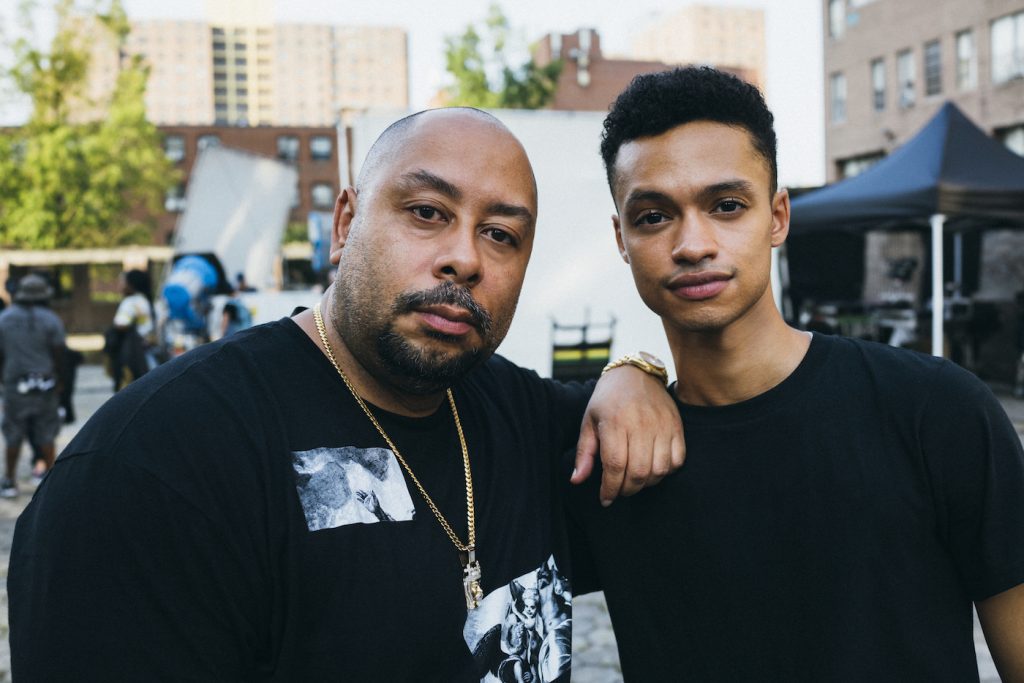
Were the young actors cast all represented or are any total newcomers?
All of them had a certain amount of experience. It would have been great to find that kid who’d never done anything, but just based on the material and the fact that it was TV, it really made sense to look for kids who had something under their belts. That was really the focus, to find kids who could do the TV pace, who had acting skills and who could handle the material. It’s so weighty. It’s a lot, really, for them to absorb. And then to handle the emotion and the dialogue, it really was helpful to have kids with some sort of experience. And the ones that we found were able to bring all that to it. I think we were fortunate in that regard.
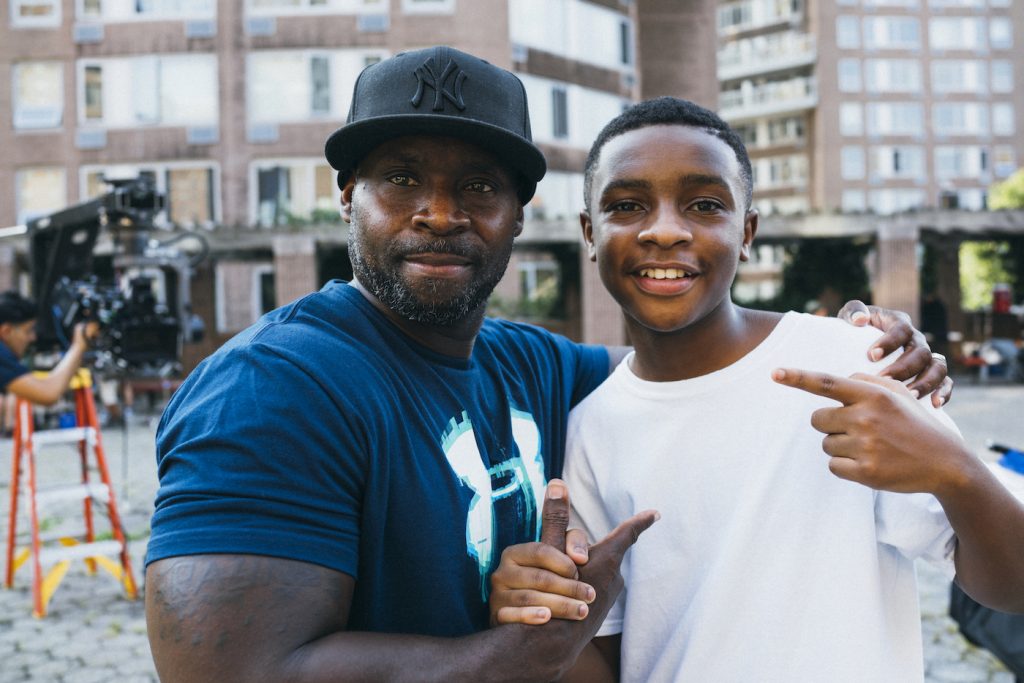
Did you immediately know each boy was so right for the role?
Sometimes we shifted the roles around a little bit. Maybe one of them read for one role, but ended up doing another. But I think we saw them and kind of knew that each one of the kids had something special.
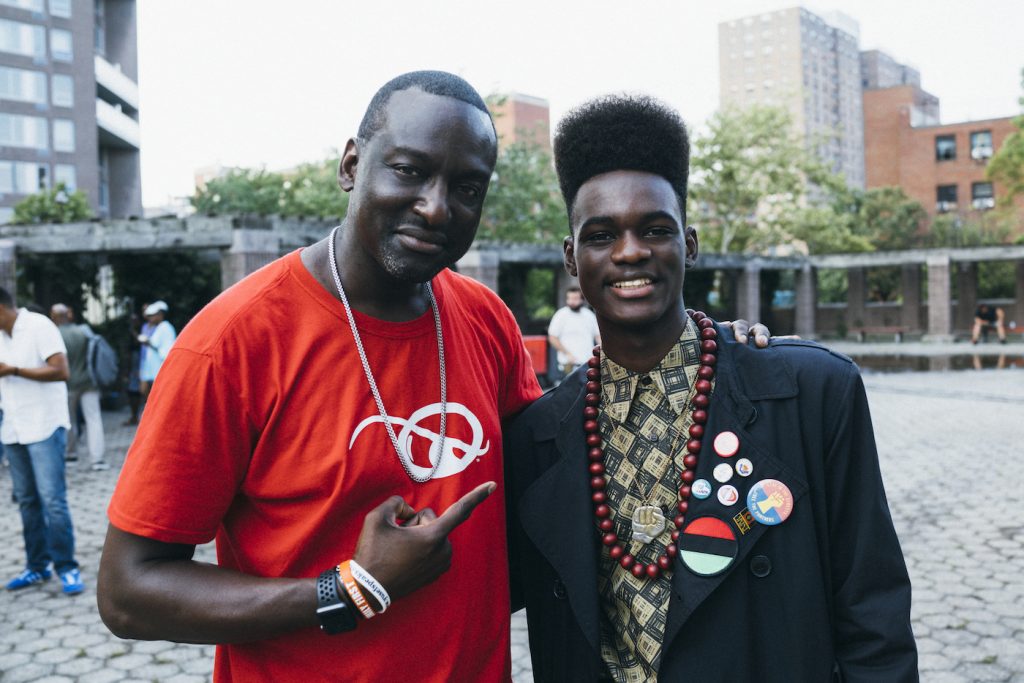
What’s your process for casting the same character at different ages?
We looked for the kids first, because I think the feeling was that the kids would be a bigger search. And the kids — we weren’t sure who was going to come through. Were they going to be great actors? Was it going to take looking beyond what the agents would submit? Because it was also [about] matching to the adults, matching to real people. As we started to find the kids, we looked for the adults, mostly from lists. Who would be good for this part, who matches this part, who do we know, what are some great ideas? Jovan (Adepo, who plays Antron McCray as an adult] I’d seen before, knew his work and thought he was great. We made a few new discoveries with the adults, people that we basically just read, and some really interesting guys came through, like Justin Cunningham and Freddie Miyares. Chris Chalk we had seen in other projects and knew he was great.
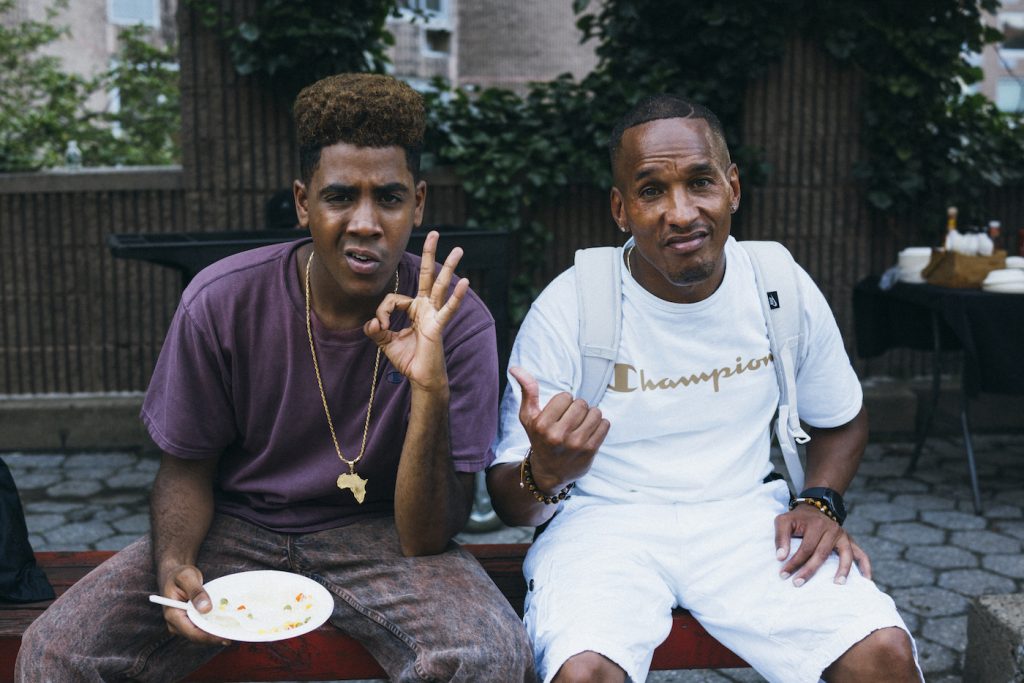
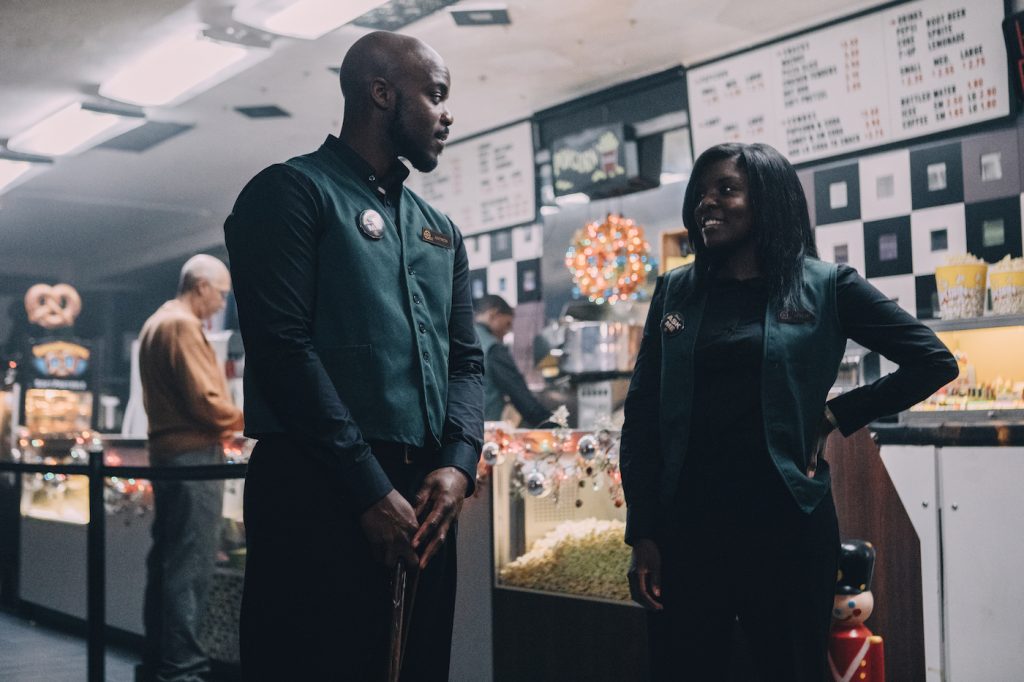
Did the boys’ real-life counterparts influence the casting process at all?
I didn’t have a chance to meet them in the process; I’ve not met them yet. We researched them, certainly tried to find out as much about their lives as we could, their look, listened to them speak, hear as much of their story as we could, watch the Ken Burns documentary, just really to feel like we knew them well enough. I think it was very helpful that Ava knew them because she would be the final say.
How were Felicity Huffman and Vera Farmiga cast as Linda Fairstein and Elizabeth Lederer?
It was a matter of doing research and finding out who would personify these people. Someone like Vera Farmiga I’ve just been in love with forever, so she’s great and I mentioned her quite a bit. Ava wanted people we know for those parts, and it was really just lists, finding out who’s available, who’s interested, who really feels like they can embody these characters.
Some people want to be a part of playing certain characters. Each person is going to decide whether or not it’s a role they want to play. I think Fairstein was a little bit harder to find, because of the nature of the role. But you just try and make the best match, match it with someone who really wants to put their heart and soul into it.
When you reached out to Huffman, was she interested from the outset?
I think she was. You know, Ava usually will sit down and meet with someone when it comes to a part like that, talk to them and get a better sense of them, but she seemed to be interested from the beginning.
The huge cast of supporting characters is excellent. How did you find everyone?
Well, it was shot in New York, so we needed someone in New York to give it the New York feel, and really know the talent. While I was working on the lead roles, we needed someone to get started because there were so many — over 100, maybe 150 [supporting characters]. Billy Hopkins has worked in New York for a really long time and he knows the talent there so well. He’s really good at finding those special faces and interesting types. He’s someone I’ve worked with before, he wanted to work on this, and really just did the legwork for all those people. There were some great, interesting supporting folks in New York who we were really fortunate to be able to find.
You’ve worked with Ava DuVernay on a range of projects. How does your process differ in casting for fictional versus historical projects?
Fictional stuff gives you a bit more leeway. If a character’s written a certain way, you can say, ‘What about someone older or younger, or what about someone outside the box?’ Someone that isn’t really on the page. But for something that is related to real people, you want to really focus on getting the essence and spirit of that person, so that when that person watches this, they feel like they’re seeing themselves up there on the screen. With the fictional stuff, there’s less of a boundary. There’s a richness, obviously, in going after something that’s based in history, based on real facts and events.
Featured image: L-r: Ava DuVernay, Jharrel Jerome in ‘When They See Us.’ Photo by Atsushi Nishijima/Netflix



